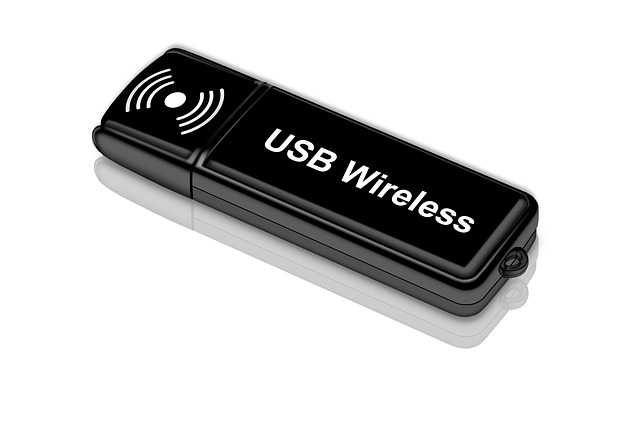USB flash drives, also known as thumb drives or memory sticks, are a popular type of portable storage device used for storing and transferring digital data. In this guide, we'll explore what USB flash drives are, their functions, and how they work.
What is a USB Flash Drive?
A USB flash drive is a small and portable storage device that uses flash memory to store and transfer digital data. They are typically rectangular in shape and come in various storage capacities, ranging from a few gigabytes to several terabytes.
USB flash drives are designed to be compatible with USB ports, which are available on most computers, laptops, and other devices. They are a convenient way to store and transfer data, as they are small, durable, and easy to use.
Functions of USB Flash Drives
The primary function of USB flash drives is to store and transfer digital data, such as documents, photos, music, and videos. They are particularly useful for transporting files between different devices, such as transferring files from a desktop computer to a laptop, or sharing files with colleagues.
Here are some other functions of USB flash drives:
Bootable Drive: USB flash drives can be used as bootable drives, which means they can be used to start up a computer and load the operating system or other software programs.
Encryption: Some USB flash drives come with built-in encryption software, which allows you to password protect and encrypt your data for added security.
Ready Boost: USB flash drives can be used with the Windows Ready Boost feature, which allows you to use the drive as extra memory for your computer, helping to improve performance.
How Do USB Flash Drives Work?
USB flash drives work by using flash memory to store digital data. Flash memory is a type of non-volatile memory that retains data even when the power is turned off. This allows data to be stored on the drive indefinitely, without the need for constant power.
When a USB flash drive is inserted into a USB port, the computer reads the drive's file system and allows access to the files stored on the drive. Files can be copied, moved, or deleted from the drive just like any other storage device.
Conclusion
USB flash drives are a popular and convenient storage device for digital data. They are a reliable and portable option for storing and transferring files between devices, and can also be used as bootable drives or for Ready Boost. With various storage capacities and features available, USB flash drives remain an important tool for data management and transfer, even in the era of cloud storage.







0 comments:
Post a Comment